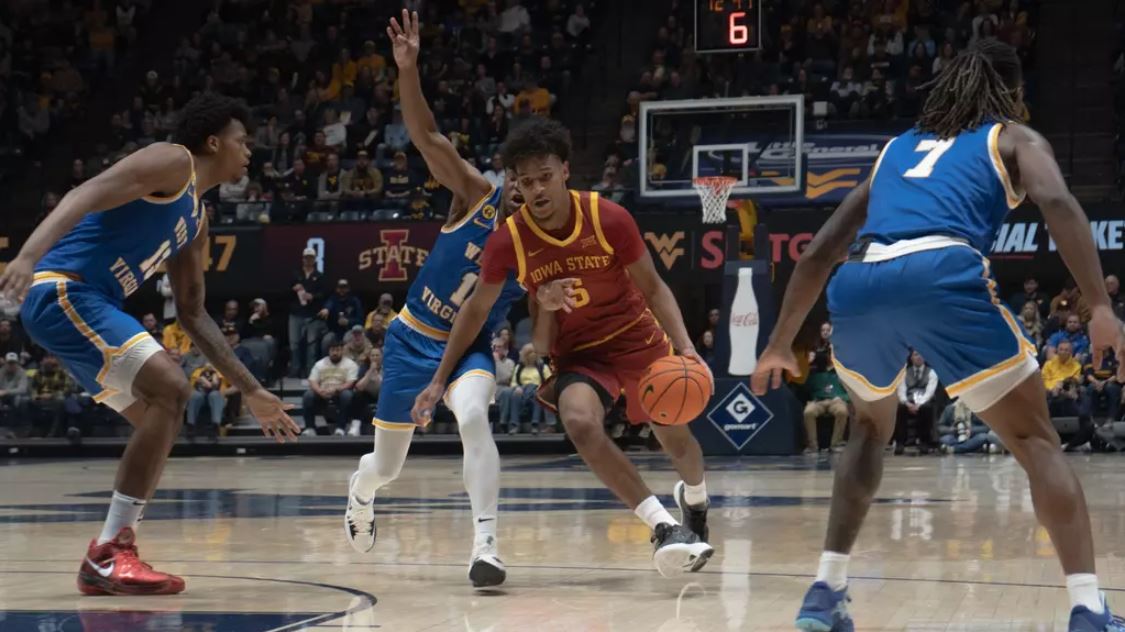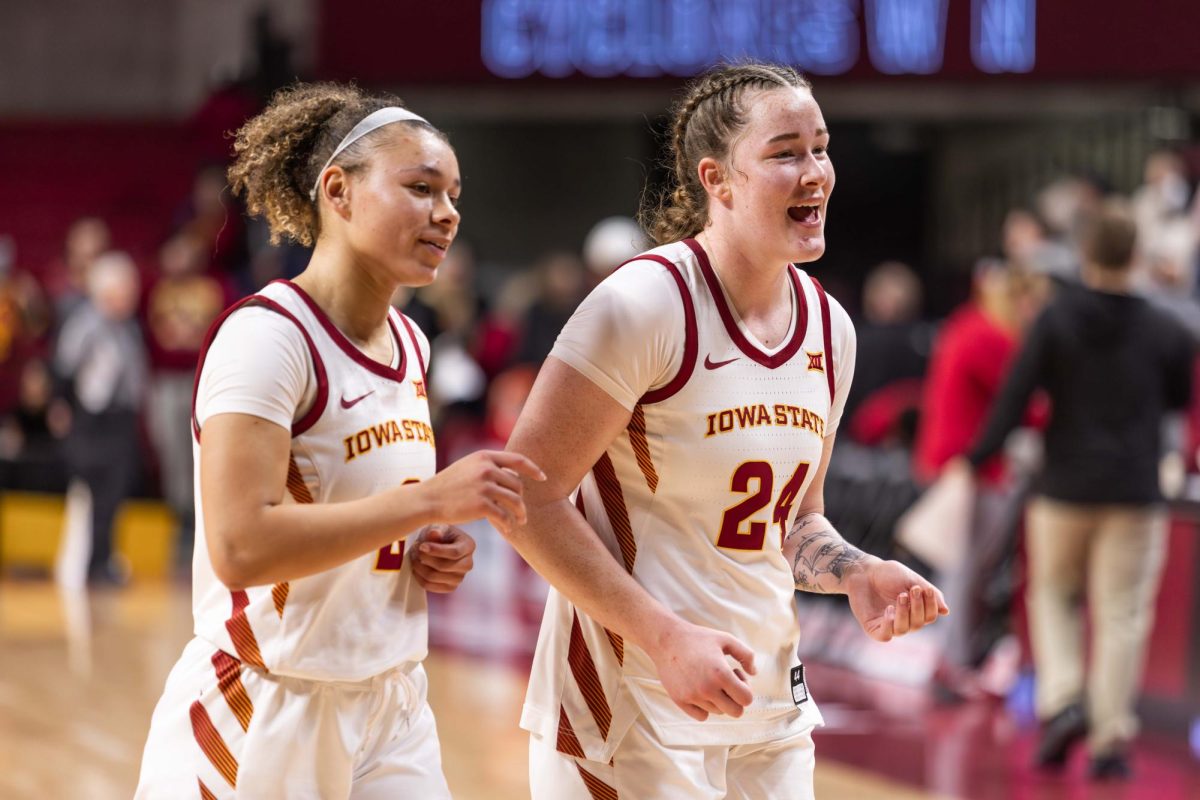Lower-income students not as likely to further education, report says
October 10, 2004
Fewer low-income students attend college than students from higher income families, according to a national study by the Pell Institute for the Study of Opportunity in Higher Education.
According to the study, 31 percent of students from families with incomes lower than $25,000 attended college, while 79 percent of students from families with incomes higher than $75,000 enrolled during 1999-2000. The institute concluded that low-income students are more likely to attend two-year public colleges and less likely to graduate from any college than students from higher incomes.
Roberta Johnson, director of student financial aid, said recent tuition increases might keep some students from applying to college.
“I think maybe students read through those [tuition increase] headlines and don’t dig deeper in discovering financial aid opportunities that are available for them,” Johnson said.
Students also don’t always realize the earning potential a college degree offers, even if they have to take out some loans to pay for it, Johnson said.
Marc Harding, director of admissions, said family income is independent of an offer of admission.
“The admissions decision is made completely blind of any financial aid situation,” Harding said. “We don’t want to make decisions based upon financial aid; we want to make decisions based upon does a student meet the academic criteria that allow him or her to be successful here.”
As a land-grant university with 71 percent of students from Iowa, Iowa State strives to serve the Iowa population and provide resources to students, Harding said.
“We think everyone wants an opportunity to study regardless of income, and I believe the university does a good job of trying to provide aid packages that allow students of all need levels to attend college,” Harding said.
Approximately 5,500 ISU students qualified for Federal Pell Grants in 2003-2004, Johnson said. The number of students eligible for Pell Grants has gradually increased since 1999. The federal government significantly increased the total amount awarded in 2001-2002.
“Primarily, we look at three different sources of aid for all of our students: grants or scholarships, work and loans,” Johnson said. “The needier students are going to qualify for the grant dollars in particular, so those students are going to have a benefit in that.”
Iowa State is encouraging lower-income students to apply by explaining financial aid available to them and helping students plan their high school course work, Johnson said.
Besides increasing the socio-economic gap between the ”haves” and the ”have nots,” a smaller percentage of low-income students attending college creates problems for the university, Johnson said.
“I think students from all walks of life help to contribute to the diversity and the vibrancy of the university, and we don’t want to be a university that is strictly one type of student,” Johnson said. “We like to have the diversity of ethnic groups, socioeconomic groups, gender groups, etc. in order to just have a vibrant campus.”






